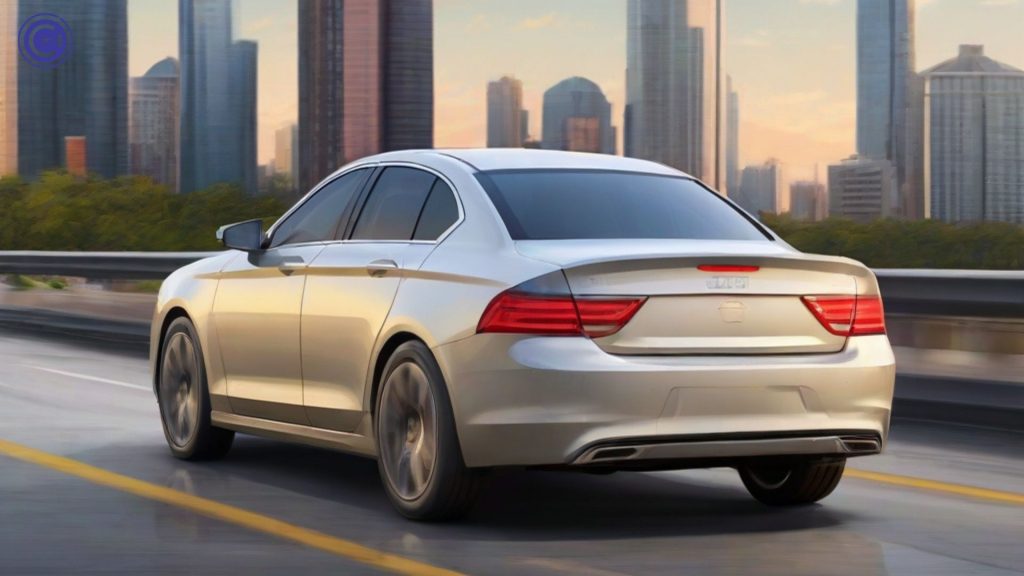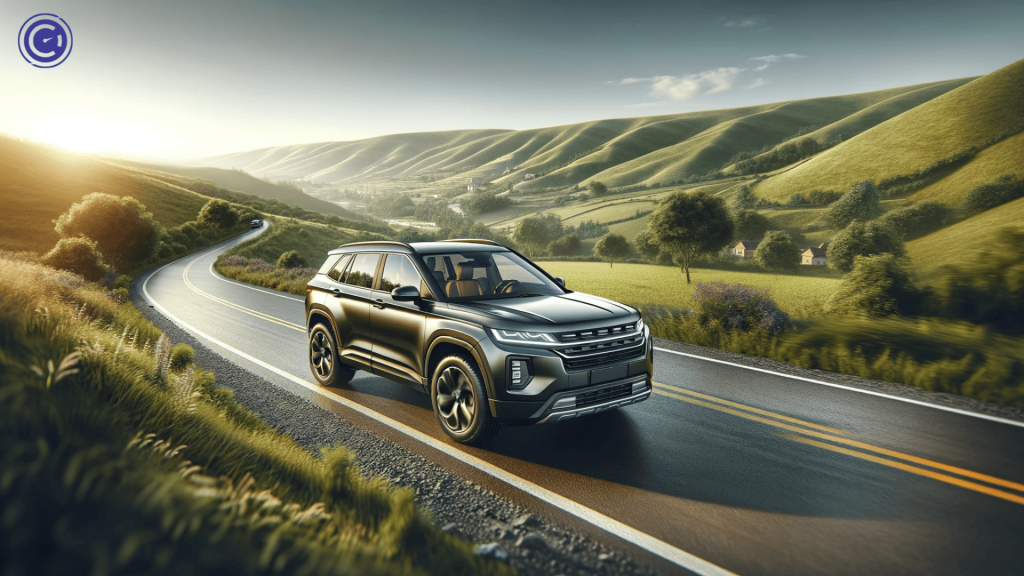The choice between turbocharged and naturally aspirated engines is a crucial consideration for car enthusiasts and buyers alike. These engine types, distinct in their operation and characteristics, offer unique driving experiences and have evolved significantly over automotive history. Understanding the nuances of each can deeply influence the decision-making process when purchasing a vehicle or appreciating automotive technology.
Table of Contents
Turbocharged vs Naturally Aspirated Engines
What is a Naturally Aspirated (NA) Engine?

Naturally Aspirated engines, the more traditional engine type, operate by drawing air into their combustion chambers directly from the atmosphere without artificial aid. This process relies heavily on atmospheric pressure and the engine’s ability to draw in air efficiently. Historically, NA engines have formed the backbone of automotive engineering, valued for their direct throttle response and mechanical simplicity. Over the years, improvements in materials and design have allowed these engines to become more powerful and efficient, although they are bound by the natural limitations of atmospheric air intake.
What is a Turbocharged Engine?

A turbocharged engine utilizes a turbine-driven forced induction system that compresses the air entering the combustion chamber, allowing the engine to take in more air, and consequently more fuel. This results in increased power output from the same size engine. The idea of turbocharging dates back to the early 20th century, with significant developments over the years aimed at increasing efficiency, reducing lag, and enhancing engine responsiveness. Modern turbocharged engines are a testament to these advancements, offering power and efficiency that rival larger, more powerful NA engines.
Advantages of Naturally Aspirated Engines
Reliability and Longevity:
NA engines are generally more robust due to their simpler design. The absence of a turbocharger means fewer components that can fail, leading to potentially longer engine life. This reliability is a significant factor for those who prioritize long-term vehicle ownership.
Simplicity in Design and Maintenance:
The straightforward construction of NA engines makes them easier to work on. Maintenance is often more predictable, with fewer specialized parts that need attention, translating into potentially lower costs and simpler diagnostics over the life of the engine.
Consistent Power Delivery:
NA engines are known for their linear power delivery. The absence of a turbocharger means there’s no delay in response when the throttle is applied, providing a more predictable and controlled driving experience. This makes NA engines particularly appealing to driving enthusiasts who appreciate an immediate connection between the throttle input and engine response.
Advantages of Turbocharged Engines
Increased Power Output and Efficiency:
Turbocharging allows for significant power gains without increasing engine displacement. This means that a smaller, turbocharged engine can produce as much power as a larger NA engine while consuming less fuel, making it an ideal choice for those looking to balance power with efficiency.
Better Fuel Economy:
Modern turbocharged engines are designed for optimal fuel efficiency, especially under normal driving conditions. When not under heavy load, these engines can operate more economically, which is a boon in an era of environmental consciousness and rising fuel costs.
Reduced Engine Size and Weight:
The ability to get more power out of a smaller engine means that turbocharged engines contribute to overall vehicle efficiency. The reduced size and weight of these engines have positive implications for vehicle handling, weight distribution, and even interior space.
Disadvantages of Naturally Aspirated Engines
Limited Power Output:
The power output of an NA engine is primarily limited by its displacement and its ability to draw in air. To achieve higher power levels, NA engines typically require an increase in size, which can impact fuel efficiency and add to the vehicle’s weight.
Lower Fuel Efficiency:
While NA engines are simpler and can be more reliable, they often lag in fuel efficiency compared to turbocharged engines, especially under load. As they need to be larger to produce comparable power to turbo engines, they tend to consume more fuel.
Performance Constraints at Higher Altitudes:
NA engines can suffer a loss of power in high-altitude environments. As altitude increases, air density decreases, meaning these engines can’t draw in as much oxygen, leading to reduced combustion efficiency and power output.
Disadvantages of Turbocharged Engines
Turbo Lag and Power Delivery:
Turbo lag remains a notable characteristic of turbocharged engines. This is the delay between the driver’s demand for power and the turbo’s response, which can affect the driving experience, especially in scenarios requiring immediate acceleration.
Complexity in Design and Higher Maintenance Costs:
The additional components in a turbocharged engine, such as the turbocharger itself, intercoolers, and more complex fuel injection systems, add to the complexity of the engine. This can translate to higher maintenance costs and a need for more specialized servicing over the life of the vehicle.
Longevity Concerns under High Stress:
While modern turbocharged engines are designed to be robust, the additional heat and pressure they operate under can potentially lead to increased wear over time, especially if not properly maintained or if operated frequently under high-stress conditions.
Performance and Driving Experience

The performance and driving experience differ significantly between turbocharged and NA engines. Turbocharged engines are often favored in modern vehicles for their ability to provide significant power and torque, especially at lower RPMs. This can translate to a more exhilarating driving experience, particularly when the turbo kicks in. However, the issue of turbo lag can detract from this, especially for drivers who value immediate response over peak power output.
In contrast, NA engines offer a more consistent and predictable driving experience. Their linear power delivery and immediate response to throttle inputs are often cited as more satisfying for certain driving styles, especially those who enjoy a more connected and raw driving experience.
Environmental Impact and Emissions

Turbocharged engines have gained popularity in part due to their better fuel efficiency and lower emissions compared to similarly powerful NA engines. In an era where environmental impact and emissions standards are becoming increasingly stringent, turbocharged engines offer a compelling proposition. They are often able to meet stricter emissions standards without sacrificing performance.
Naturally Aspirated engines, meanwhile, tend to have more consistent emission profiles but can lag in fuel efficiency and emissions performance compared to their turbocharged counterparts, especially when scaled up in size to produce more power.
Choosing the Right Engine for You
Choosing the right engine type is a decision that should be based on individual needs and preferences. For those who prioritize fuel efficiency and power, a turbocharged engine might be the best choice. Conversely, for those who value reliability, ease of maintenance, and a more traditional driving experience, an NA engine could be more appropriate.
Factors such as driving style, maintenance preferences, budget, and even geographical considerations (like altitude) should be taken into account. Additionally, the intended use of the vehicle – whether it’s for daily commuting, performance driving, or long-term reliability – will also influence the decision.
Conclusion
Both Turbocharged vs Naturally Aspirated engines have their distinct advantages and disadvantages. This comprehensive guide has explored these differences in depth, providing car buyers and enthusiasts with the information needed to make an informed decision. Whether it’s the efficiency and power of a turbocharged engine or the simplicity and reliability of an NA engine, understanding these pros and cons is crucial in choosing the engine that best suits one’s driving style and needs.
In conclusion, the automotive world offers diverse options to suit various preferences and requirements. By carefully considering the characteristics of each engine type, buyers can ensure they select a vehicle that not only meets their performance expectations but also aligns with their long-term vehicle ownership goals.

